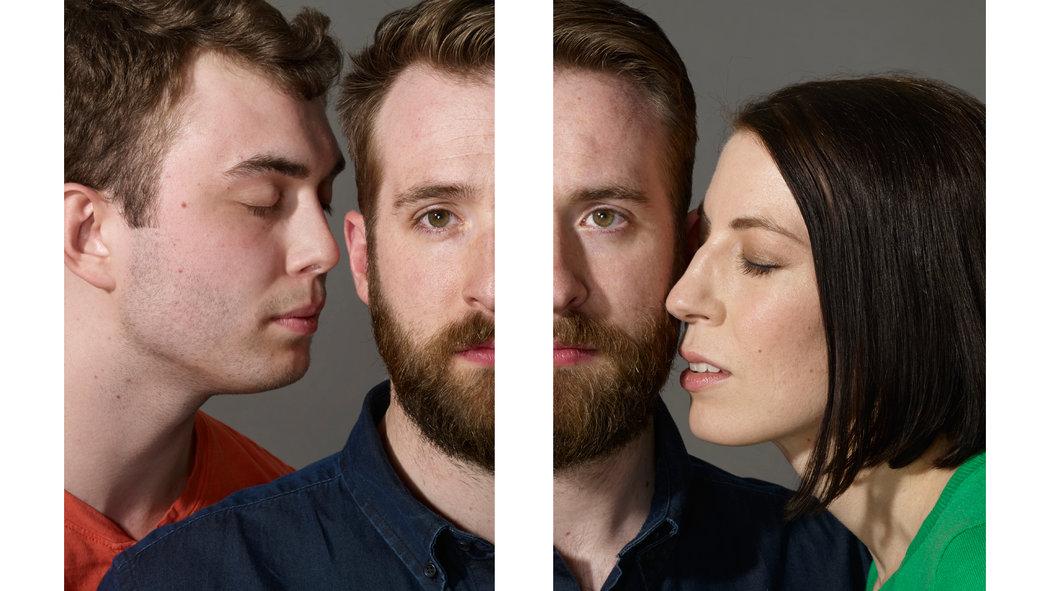ADVERTS
To understand the term bisexualism, it is necessary to know two words: sexuality and the sexual orientation. The first concerns the set of elements that make up an individual's sexual life. The second is that individual's sexual preference. In this way, the bisexuality can be defined as the sexual orientation of men and women for both sexes.
ADVERTS
All individuals are born with sexuality, regardless of whether they have sex or not, and it is during adolescence that their interest in sex is awakened and their eyes turn to the sex that arouses their greatest interest.
Most people's sexual orientation is heterosexual (they are interested in the opposite sex), which is why it is called “normal behavior”.
People who do not follow this “standard”, called homosexual (are interested in the same sex), or bisexual (they are interested in both the same sex and the opposite sex) end up suffering prejudice from society, being identified as abnormal, sick, perverted, among others.
ADVERTS
Studies indicate that people who have a bisexual orientation suffer even more prejudice than homosexuals, as they are discriminated against by both heterosexuals and homosexuals, since homosexuals, despite prejudice and years of struggle, have conquered their space in society, including in the media and heterosexuals accept their orientation without problems.
Given the little debate around them, many stories arise in relation to the bisexual public, such as: they are spreaders of diseases and that there are thousands of unacknowledged bisexuals who maintain stable relationships seeking acceptance from society.
Although there is a lot of speculation, social scientists who study the subject in Brazil estimate that it does not reach 2% of the population.
One of the big questions surrounding people who come out as bisexual is whether they are active or passive partners. There is no rule and there is no recipe for how to have sex, besides everyone has their preferences. This applies to heterosexuals, homosexuals and bisexuals alike.

